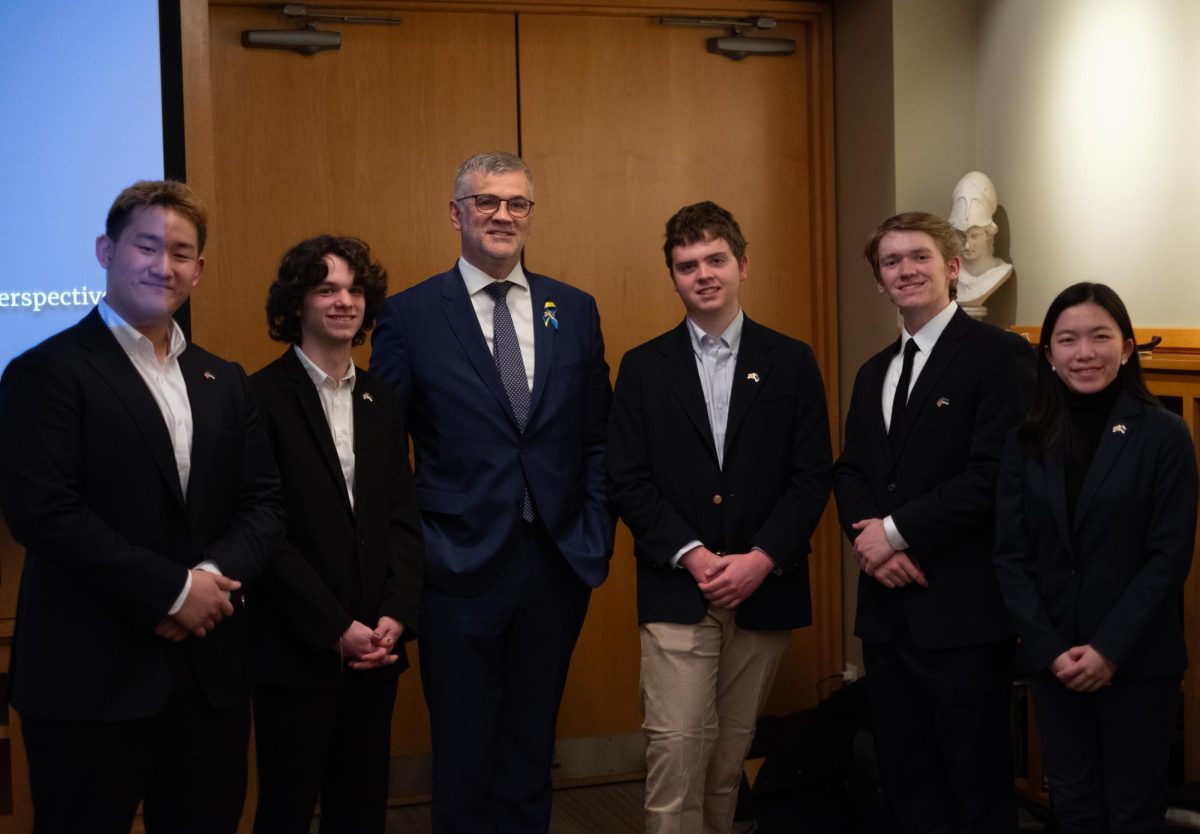The skies were gray and the waves choppy in the early hours of June 6, 1944, when American troops launched wave after wave of attack on the beaches of Normandy, France. Accompanied by Canadian and English servicemen, the Allies targeted five landing zones, each prescribed a code name: Gold, Juno, Sword, Omaha and Utah. German soldiers with pre-sighted machine guns mowed down American servicemen as they launched their assault on the beachheads. The ocean was stained red with the blood of the over 2400 American servicemen who died on Omaha beach and the 200 to 300 American servicemen killed at Utah.
Less than a year prior, in July of 1943, German and Soviet soldiers engaged in the largest battle in human history in the Kursk region of western Russia. The Battle of Kursk claimed the lives of 200,000 German soldiers, exposing a dire need for manpower as Germany attempted to defend the 1200 miles between Leningrad and the Black Sea.
At first, German leaders found relief in Volksdeutsche, ethnic Germans from Poland and the Baltic countries. However, as the need for more troops worsened, German leaders sought to conscript young men from German-occupied territories of the Soviet Union. In his book “D-Day,” Stephen Ambrose found that the German military contained conscripts from dozens of countries and regions, including North Africa, Muslim regions of the USSR, Scandinavia and Eastern Europe, among many others. Battalions composed of conscripts were called Ost battalions, meaning “east” in German because they fought primarily on the Eastern Front. These conscripts were forced entirely against their will to join the German military and without central German supervision, often abandoned their posts and defied authority. While battles continued on the eastern front, many soldiers from Ost battalions were sent away from active combat to defend the Western Front against the prospect of an Allied invasion on the coast.
As Ambrose mentions, just after the D-Day landings on Utah Beach, Lt. Robert Brewer captured four Korean soldiers wearing German uniforms. Their presence astonished American military officials, who did not understand how Koreans had ended up fighting for Germany in Western France. The origin story of their conscription goes as follows: in 1938, as victims of Japanese occupation, Koreans were conscripted unwillingly into the Japanese military, as Korea was annexed by the Japanese. In 1939, the Soviets engaged in a series of largely forgotten battles with the Japanese on the Mongolia-Manchuria border in the far east. There, Soviet soldiers captured Korean conscripts before absorbing them into their own military. German troops then captured and conscripted these same Korean troops during Operation Barbarossa, the German invasion of the Soviet Union. Korean conscripts were then sent, as Ost battalions, to inactive combat on the Western front, where they encountered Lt. Brewer and his squad almost 6000 miles from home.
80 years after Lt. Brewer captured Ost troops on the salty coast of France, Korean troops are once again engaged in a tumultuous conflict in Europe between world powers. Russian military officials are reported to be training several thousand North Korean troops in the far east just decades after Soviet troops captured Korean conscripts on the Manchuria-Mongolia border. Where in 1943 the German and Soviet militaries lost hundreds of thousands in the largest battle in recorded history, tensions have escalated in recent days as these troops have been shipped to the Kursk region of Russia to retake the territory Russia lost when Ukraine launched an unexpected offensive earlier this year. In intercepted radio transmissions, Russian troops complain about the difficulties of working with North Korean troops. Such a stark language barrier presents an obvious impediment in combat. Additionally, due to North Korea’s status as an authoritarian regime, many North Korean soldiers, like Ost conscripts, have been forced to fight against their will. North Korean battalions are thus expected to receive three superior Russian officers for every 30 men because many North Koreans are predicted to abandon their posts, which Russian troops complain stretches resources much too thin.
In 1944, the Korean conscripts Brewer captured were likely repatriated back to Korea. While their fate is unknown, Ambrose mentions that these soldiers may have been drafted into the North or South Korean military, fighting against or with the US military in the Korean War. Their descendents, now, have unwillingly returned to the lands where their combat boots trekked 80 years prior.
Today, as Korean troops fight on the same faraway land that their grandparents fought on, I am reminded how easy it is to overlook, in our collective consciousness, the historical context behind current events. At least one million people died in the Battle of Kursk. Almost 5,000 Allied troops died on D-Day alone. In the ensuing battle of Normandy, 73,000 troops died. Today we can be reminded of the horrors of World War II simply by observing as North Korea’s authoritarian government signs defense pacts with Russia, drafts its citizens to train in the far east and do battle thousands of miles from home, and through North Korean soldiers who abandon their posts in response to forced conscription. As tensions escalate and the conflict grows, it may not be long before we face combat of a similar caliber as Kursk or Normandy.









